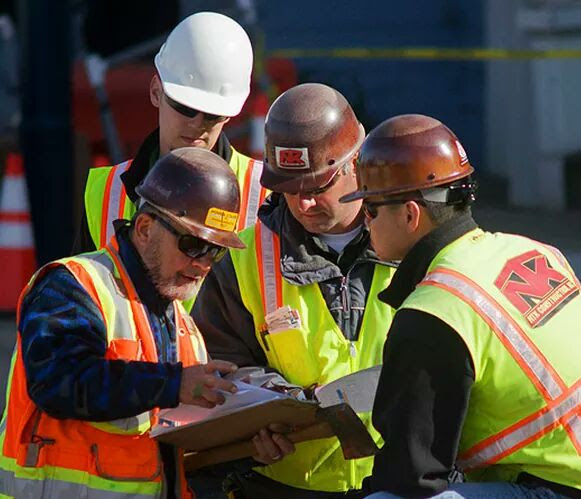Welcome!
Hi, and welcome to the course. If you are a safety manager, supervisor, committee member, or someone who is entering into the occupational safety and health field, this course will help you understand your important responsibilities.
Course Introduction
The Occupational Safety and Health Administration issued its first Excavation and Trenching Standard in 1971 to protect workers from excavation hazards. Since then, OSHA has amended the standard several times to increase worker protection and to reduce the frequency and severity of excavation accidents and injuries. Despite these efforts, excavation related accidents resulting in injuries and fatalities continue to occur.
This course helps to address requirements of the standard, as well as provide information for equipment operators, workers and all others associated with trenching and excavating to help recognize hazardous conditions that could result in injury or a fatality. This guide discusses soil composition in moderate detail to provide a general overview of the various properties associated with different types of soil. A general understanding of the properties of soil is the first step in predicting the behavior of soils in varying conditions. Some of the most common types of soil conditions that lead to trench and excavation failure are also discussed.
Proper trenching operations are necessary to protect the workers from soil collapse. The basic trenching operations that help make a trench safe for workers are described and illustrated. The methods of shoring installation are also discussed briefly. This course is not intended to be used as a step-by-step guideline in the excavation process.
This course highlights the requirements in the updated standard for excavation and trenching operations, provides methods for protecting employees against cave-ins, and describes safe work practices for employees. A necessary first step in planning the approach to any trenching or other excavation project is to understand what could go wrong. This understanding can help avoid many of the problems associated with excavation.
This course is also not intended to be a guideline for compliance with all pertinent OSHA regulations, but rather an overview of safe practices in trenching operations. Though the course is not intended to be inconsistent with OSHA standards, if an area is considered by the reader to be inconsistent, the OSHA standard should be followed.
Modules
To begin your training, click on the module links below. If you are just starting this course, you should start with module 1.
- Scope and Application of OSHA Standard
- Common Soil Problems
- Soil Types and Pressures
- Methods of Protection
- Installation and Removal of Protective Systems
- Jobsite Safety and Worker Training
Demolition Safety
Welcome!
Hi, and welcome to the course. If you are a safety manager, supervisor, committee member, or someone who is entering into the occupational safety and health field, this course will help you understand your important responsibilities.
Course Introduction
The American National Standards Institute (ANSI) in its ANSI A10.6-1983 – Safety Requirements For Demolition Operations states:
“No employee shall be permitted in any area that can be adversely affected when demolition operations are being performed. Only those employees necessary for the performance of the operations shall be permitted in these areas.”




